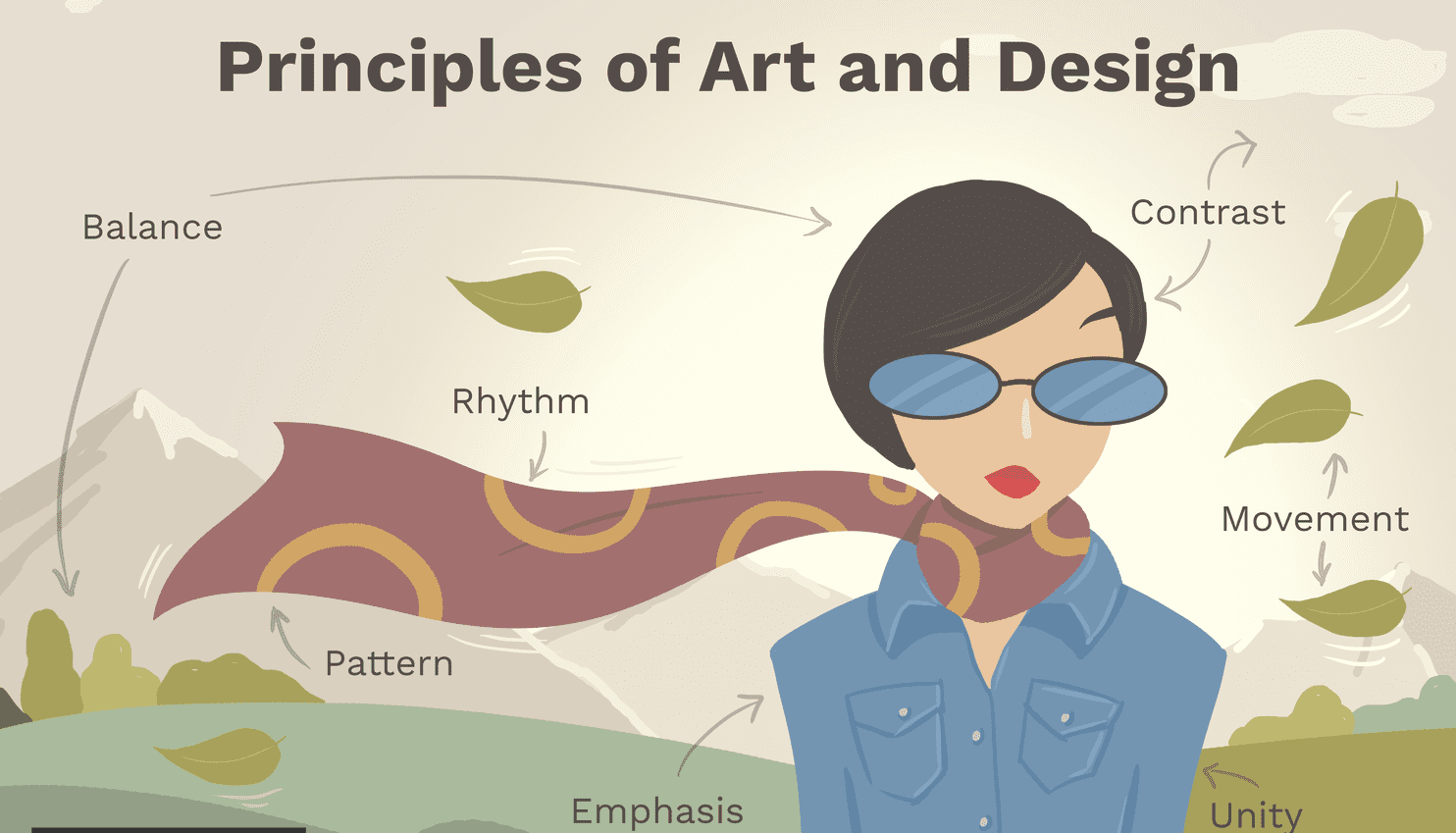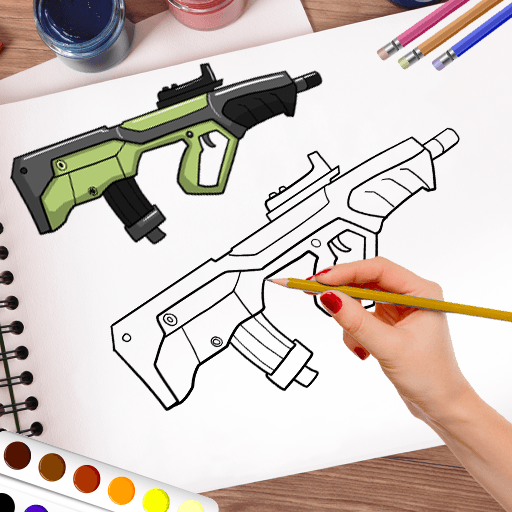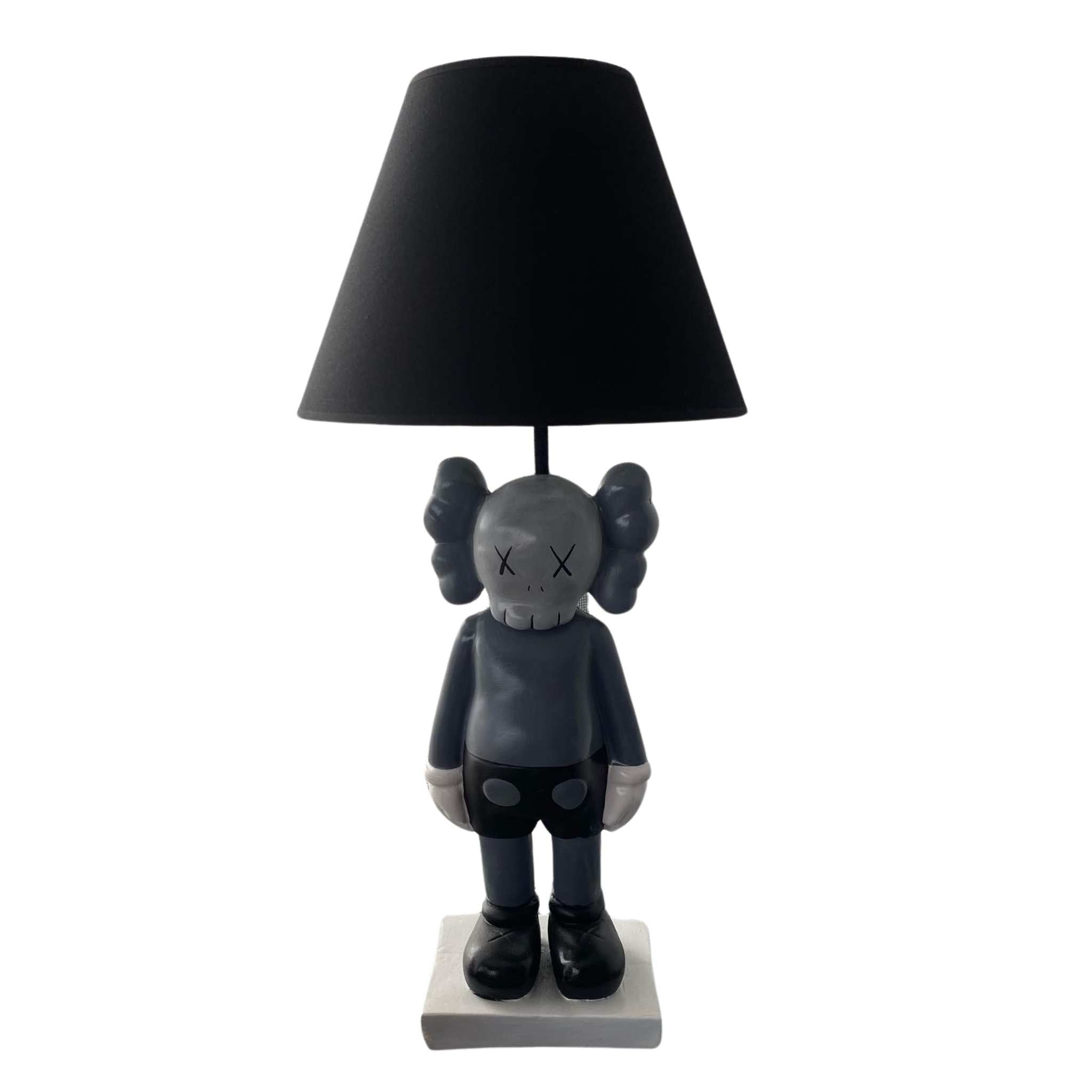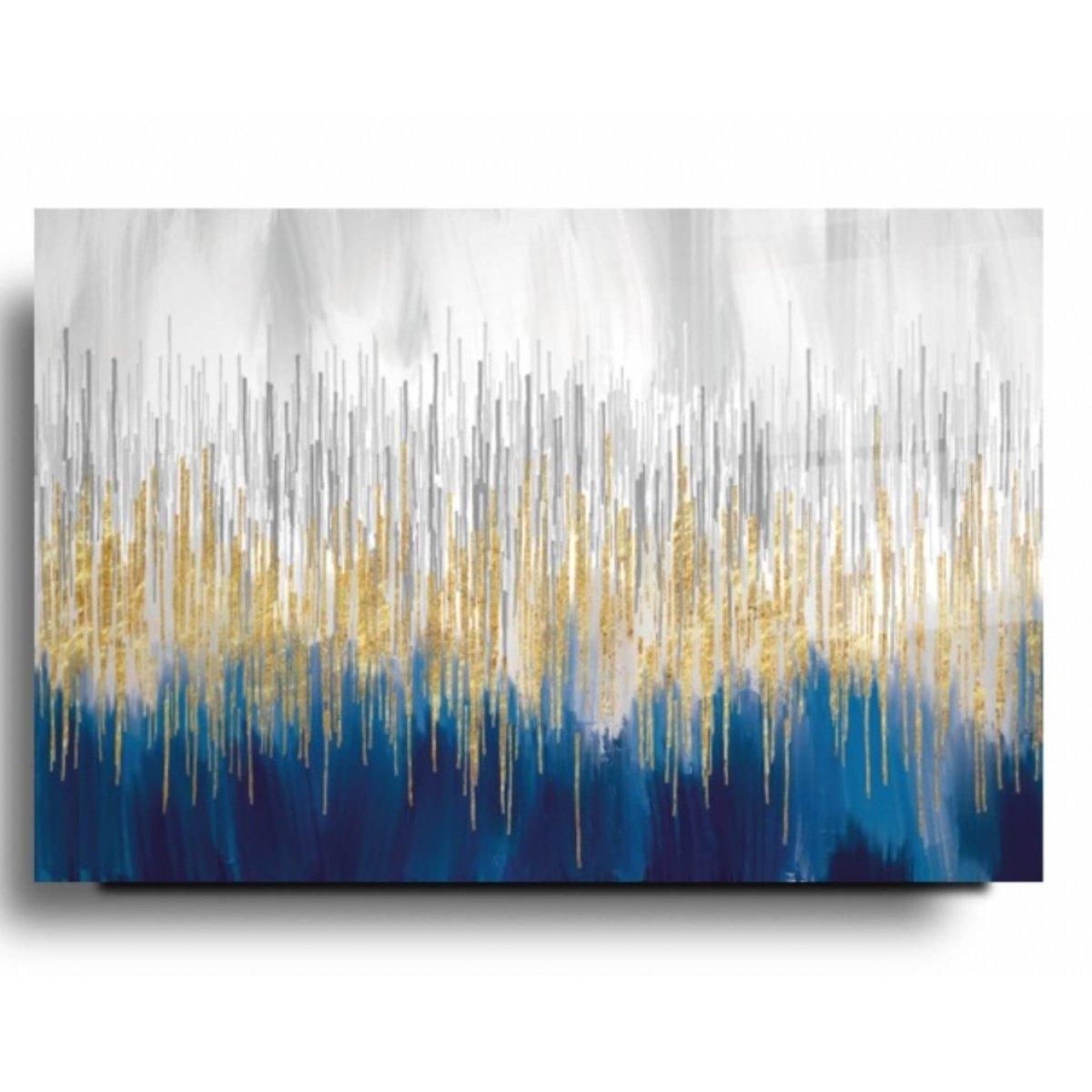Introduction to the Principles of Art

Art has always been a fascinating form of human expression, captivating audiences with its ability to evoke emotions and convey messages. Behind every masterpiece lies a set of principles that artists employ to create visually engaging works. These principles of art serve as the foundation upon which artists build their compositions, utilizing various elements to achieve their desired effects.
The Elements and Principles of Art

To fully grasp the principles of art, it is essential to understand the elements that make up a composition. These elements encompass line, shape, color, form, value, texture, and space. Each element plays a crucial role in the overall aesthetic and impact of an artwork. By skillfully combining these elements, artists can create visually compelling and harmonious pieces.

In addition to the elements, the principles of art guide the arrangement and organization of these components. The principles include balance, contrast, emphasis, movement, pattern, rhythm, and unity. These principles provide artists with a framework to effectively communicate their ideas and convey specific feelings or concepts to the viewer.
Understanding Art Composition

Art composition refers to the arrangement and organization of the elements and principles within an artwork. It is the process of carefully considering the placement, balance, and visual flow of these components to create a visually pleasing and impactful piece. Composition is like the blueprint of a painting or a photograph, determining how the elements interact with each other and how the viewer's eye is guided through the artwork.
The Principle of Design in Art
The principle of design in art encompasses the same principles as the principles of art but extends beyond the boundaries of visual art. It is a broader concept that applies to various design disciplines, including graphic design, architecture, and fashion. Design principles such as balance, contrast, and rhythm are universal and can be found in both traditional and contemporary art forms.
Exploring Different Types of Composition in Art

There are various types of composition that artists employ to create different visual effects and evoke specific emotions. Some common types include symmetrical composition, asymmetrical composition, radial composition, and rule of thirds composition. Each type offers different opportunities for artists to create unique and captivating compositions.
Elements of Composition in Art

The elements of composition in art are the building blocks that artists use to create visually engaging works. These elements include line, shape, color, form, value, texture, and space. Artists carefully manipulate these elements to create a sense of balance, harmony, and visual interest in their compositions.
Rules of Composition in Art

While art is often seen as a form of creative expression, there are certain rules and guidelines that artists follow to create visually pleasing compositions. These rules include the rule of thirds, the golden ratio, and the rule of odds. These rules help artists achieve balance, harmony, and a sense of visual unity in their artworks.
Examples of Composition in Art

To better understand the principles and elements of composition in art, let's explore some examples from renowned artists. One iconic example is Leonardo da Vinci's "Mona Lisa," which utilizes the principles of balance and emphasis to create a captivating portrait. Another example is Vincent van Gogh's "Starry Night," which showcases the use of color, movement, and rhythm to evoke a sense of awe and wonder.
Defining Composition in Art

Composition in art can be defined as the deliberate arrangement and organization of elements and principles within an artwork. It involves the careful consideration of visual balance, harmony, and the overall impact on the viewer. A well-composed artwork can captivate the audience and effectively communicate the artist's intended message or emotions.
Conclusion: The Importance of Composition in Art

In conclusion, understanding the principles of art and the elements of composition is crucial for creating captivating and visually appealing artworks. Composition plays a vital role in guiding the viewer's eye, conveying emotions, and effectively communicating the artist's message. By mastering the principles of art and experimenting with different types of composition, artists can create works that leave a lasting impression on their audience.







Leave a comment
All comments are moderated before being published.
This site is protected by reCAPTCHA and the Google Privacy Policy and Terms of Service apply.